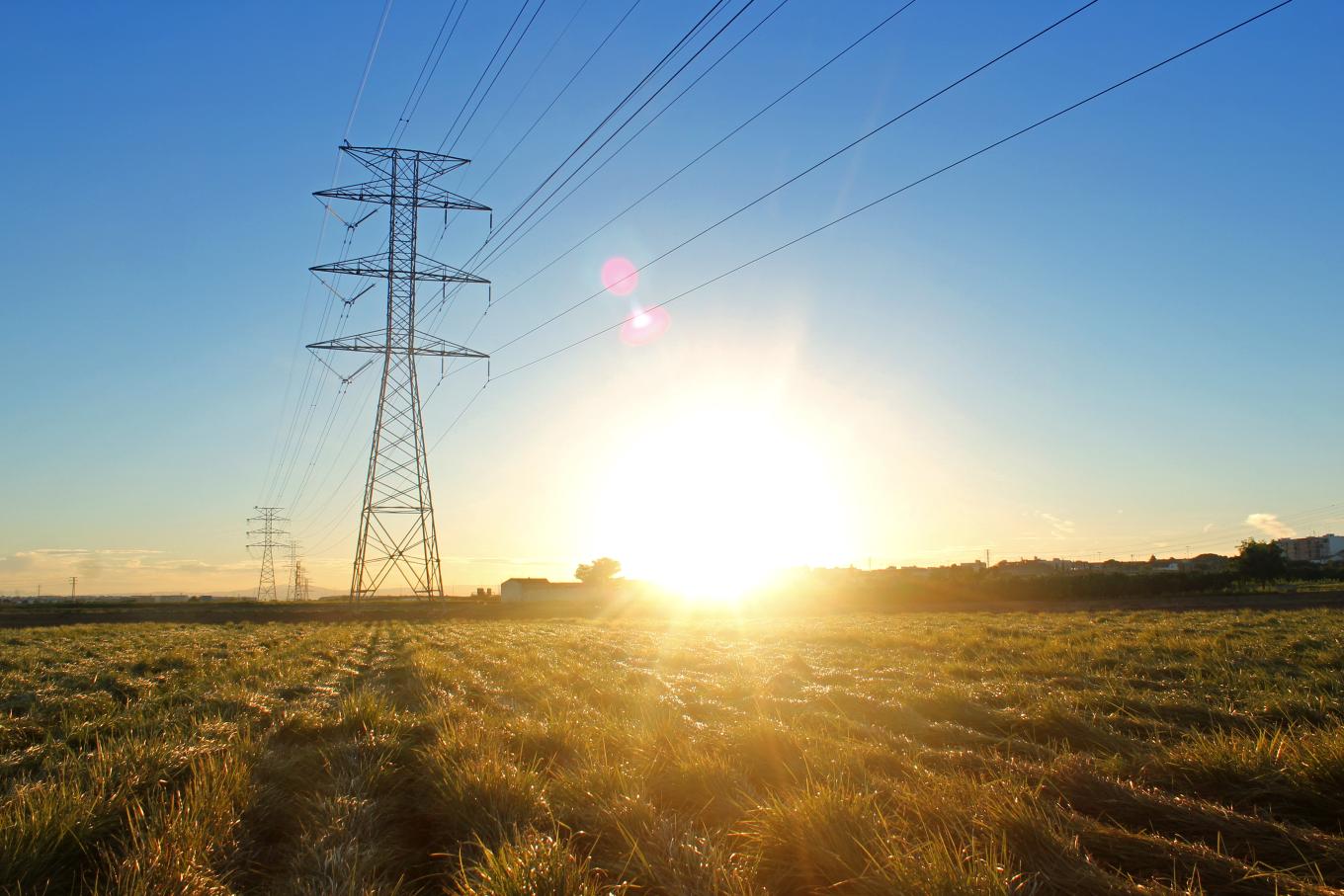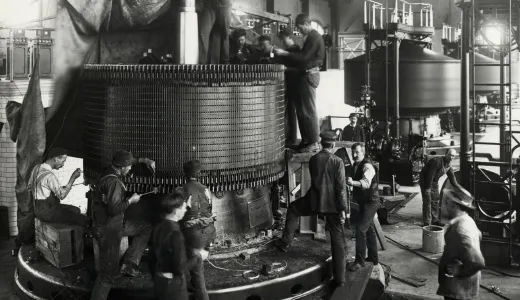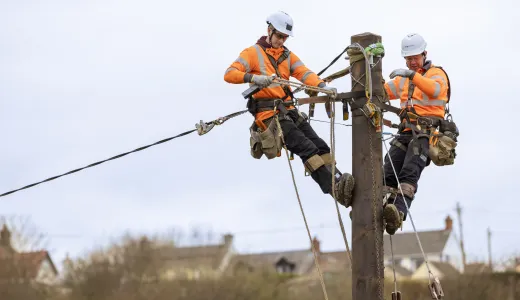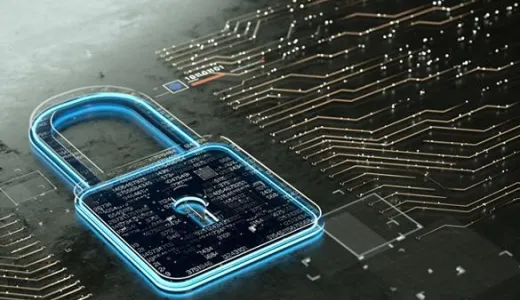Where does electricity come from? The journey of electricity to homes in the US
Electricity plays a huge part in our lives. We use it at home, at work, in our schools and hospitals. It helps to bring us light and heat, and it powers the tech we’ve come to rely on.
But what we don’t often think about is, where does that electricity actually come from? And how does it get from where it’s generated into our homes and businesses?
There are several stages involved in getting electricity delivered to you in a way that’s efficient and safe. Find out how electricity gets from the producers – such as solar farms, wind farms and power stations - to your home.
Stage 1: Generation – how electricity is produced
There are a number of different sources used to generate electricity in the US, and these sources can be renewable or non-renewable.

Renewable energy sources:
The five main sources of renewable energy in the US are solar, geothermal, wind, biomass and hydropower
Non-renewable energy sources:
These include coal, petroleum, natural gas, fossil fuels and nuclear power, and are usually generated by power plants.
Because renewable energy sources are generally cleaner and cheaper1, it’s more desirable to generate as much electricity as possible from these. But there are times when there isn’t enough renewable electricity being generated to meet the country’s demand, so for the moment we also need to keep non-renewable sources in the mix.
Stage 2: Transmission – sending electricity around the country
Once the electricity has been generated, the process to deliver energy to customers through transmission and distribution power lines begins.
The transmission network is similar to our highways, in that it carries electricity at high voltage over long distances across the country. Higher voltage electricity is more efficient and less expensive for long-distance electricity transmission. During this stage, transformers at substations increase voltage to travel the long distances through transmission.
Stage 3: Balancing the grid – making sure electricity is there when you need it
Because we’re all using different amounts of electricity in different places at different times, it’s the job of the Independent System Operator (ISO) to make sure there’s always a supply of electricity there when you flick on a light switch or plug in your phone.
They do this by ‘balancing the grid’, which means that they control the supply of electricity that moves through the transmission network to make sure that the demand of energy matches the supply, every second of every day.
There are different ISOs for territories across the US. For example, for New York state it’s the New York ISO (NYISO) and for Massachusetts it’s the ISO New England (ISO-NE).
Stage 4: Distribution – how electricity gets to your home
If the transmission network is like our highways, then distribution networks are like our local roads; carrying electricity from the transmission network over shorter distances to be delivered to our homes and businesses.
Because electricity from the transmission network is of a high voltage, distribution networks must first lower the voltage, via a distribution substation, to make it safe to use in our homes. Distribution lines then deliver the electricity to your home.
Distribution network operators (DNOs) manage the poles, pylons, cables and substations in your local region. If you live in certain areas of New York and Massachusetts, your distribution network operator is National Grid. If you live elsewhere, you likely have a different distributor. The United States has around 3,000 electric distribution providers, providing power to more than 150 million customers2.
Stage 5: Utility companies – who sends you your bill
Your electricity bill is sent to you by your utility company. The utility company reads your meter to calculate how much energy you used, which is then reflected on your bill as a supply charge. In addition, a delivery charge covers the infrastructure used to transfer the energy from its original source to your home.


